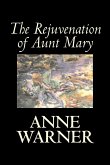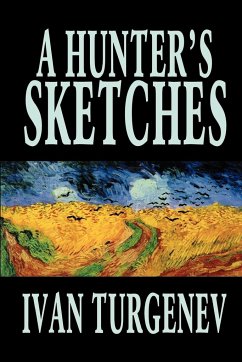Out of curiosity and to kill time, after so many years of forgetfulness, he enters a church and hears the Vespers for the Dead. Heavily upon his ears the music falls -- psalm after psalm, in antiphonal chant, as the singers toss up, like ditch-diggers, their shovels-full of verses -- and shakes his soul to its depths! Disgusted with life, Durtal turns to the church. Family history and his own atavistic feelings are among them the influences that have brought him here at last -- but most powerful are the forces of art and music. Durtal makes a round of the churches during Holy Week -- "and they open to him like palaces ruined, like cemeteries laid waste by God."








